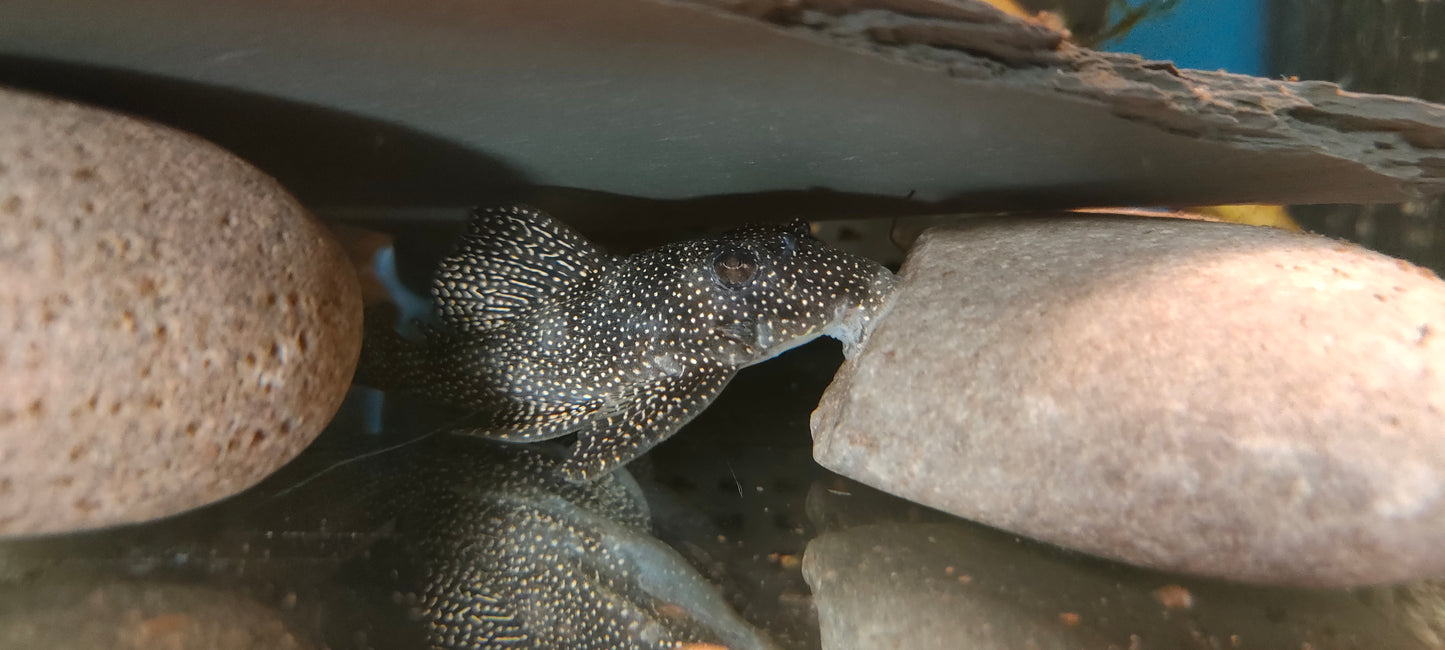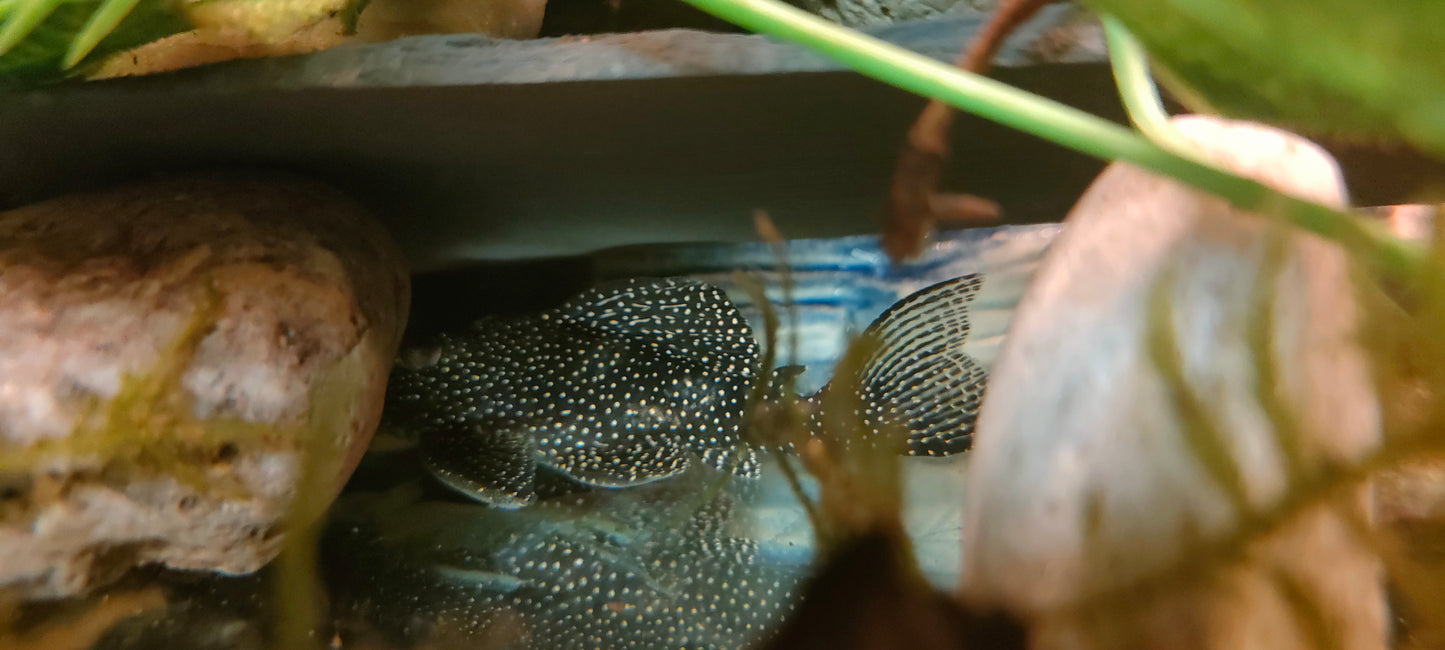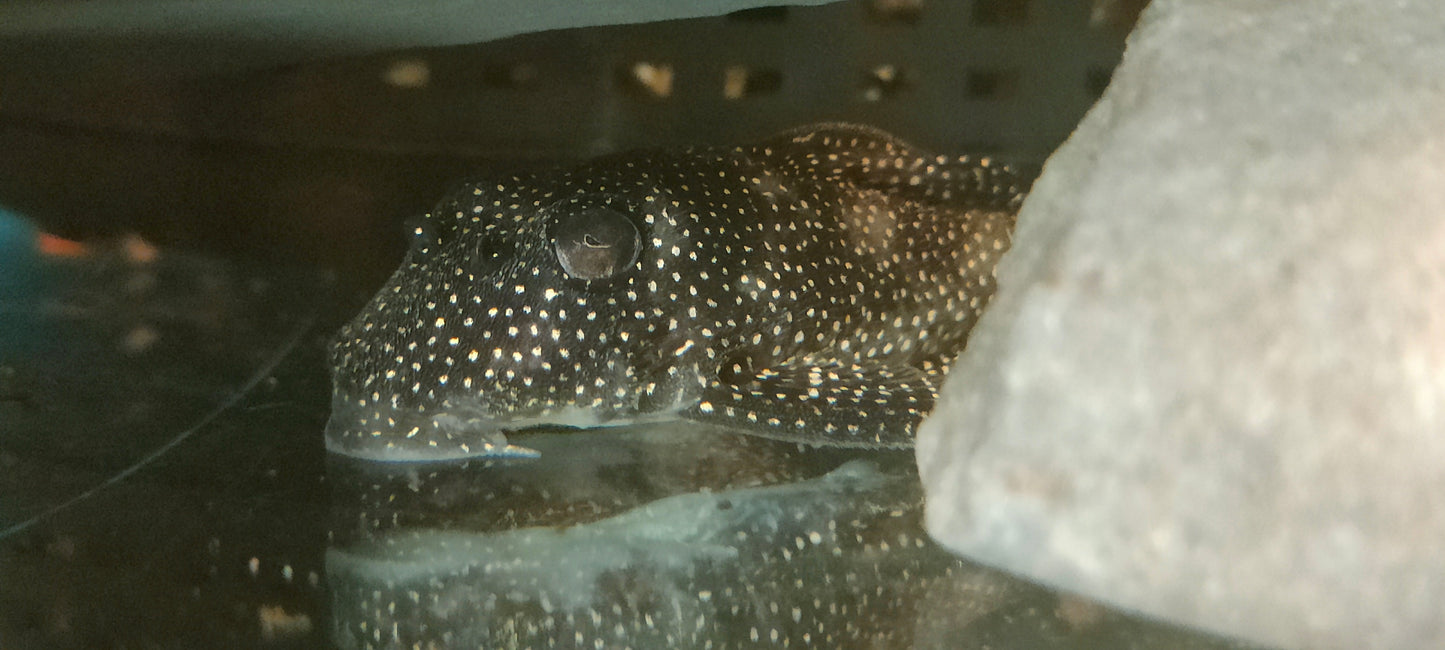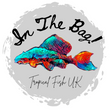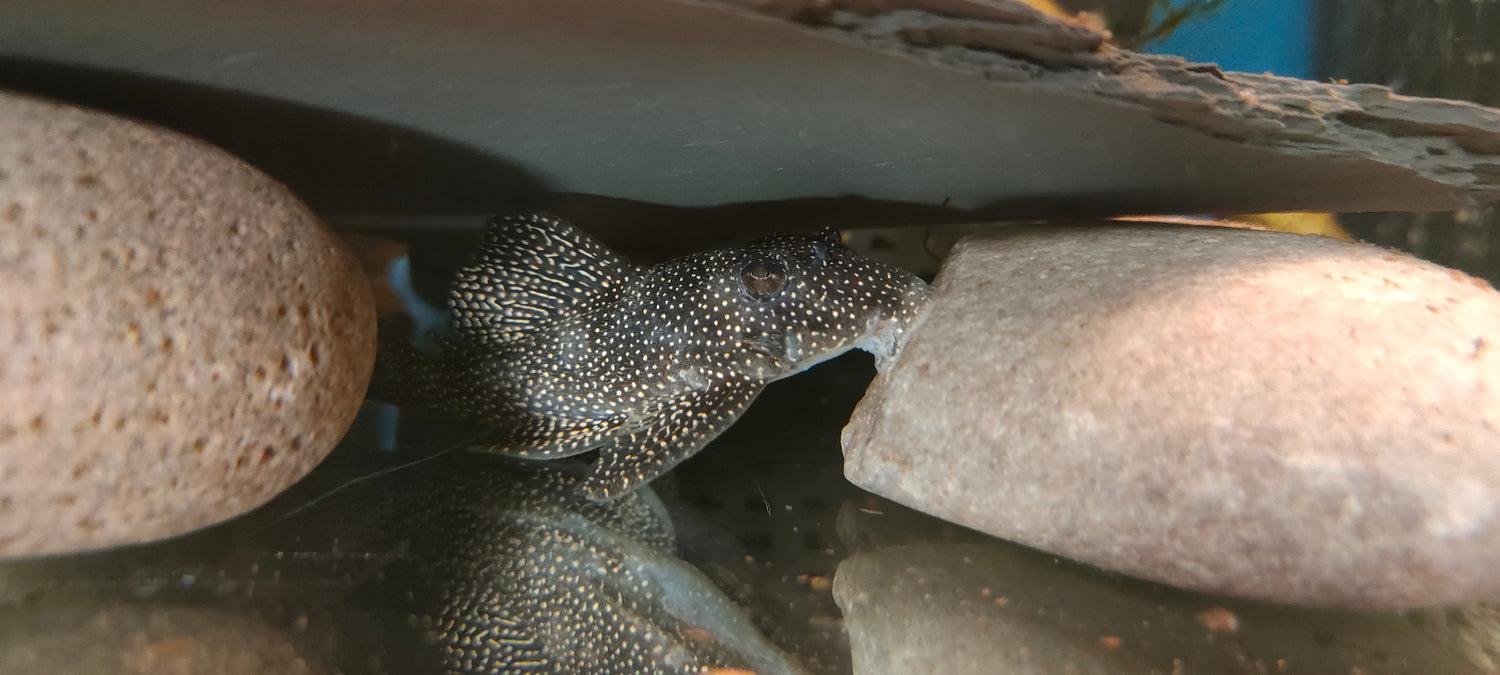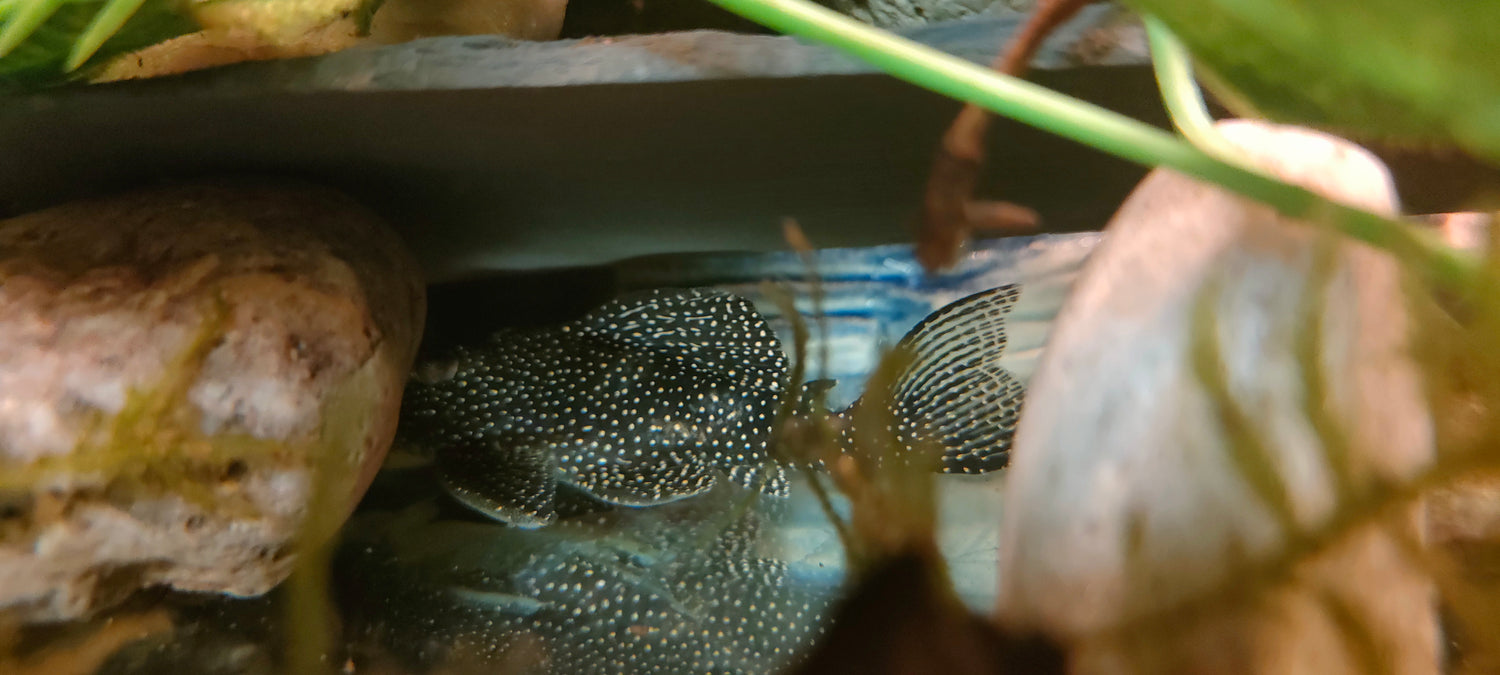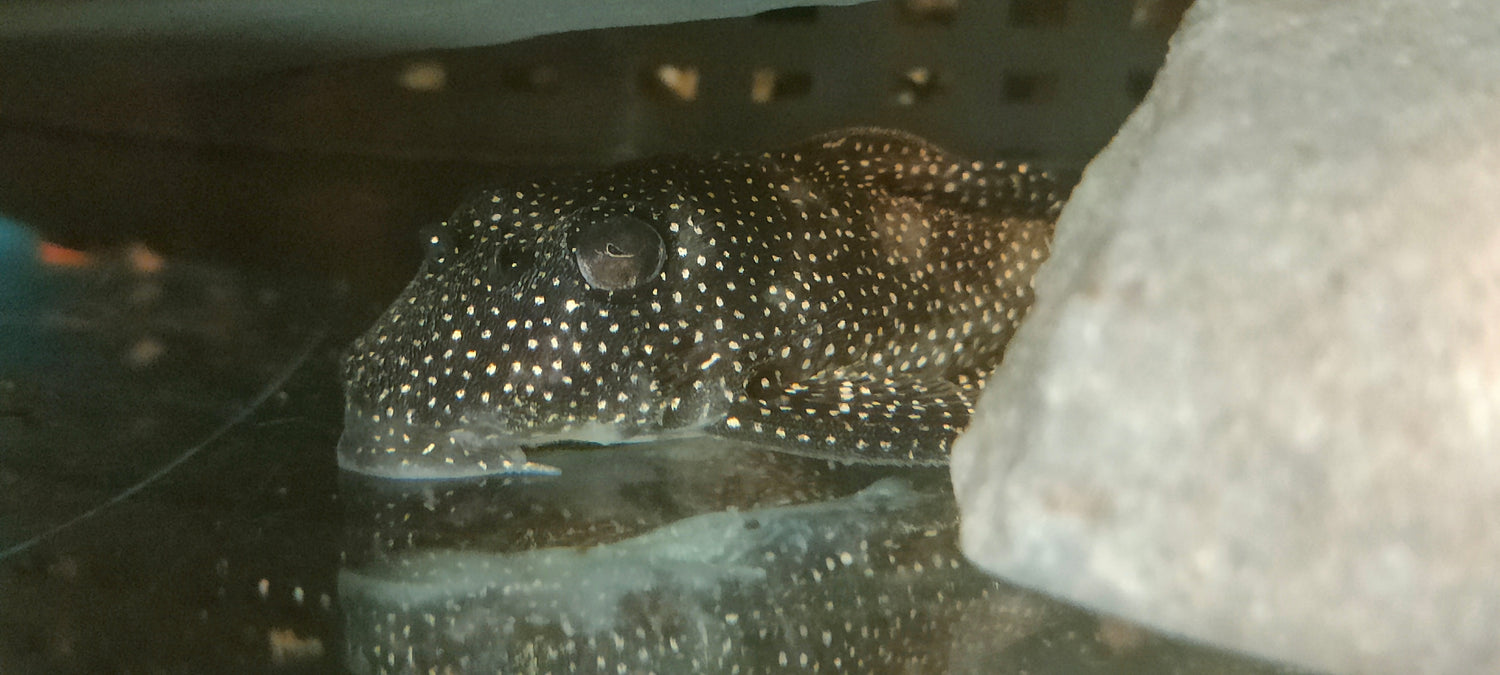In The Bag! Tropical Fish UK
L262 Stardust / Fine Spotted Pleco
- Regular price
- £42.00 GBP
- Regular price
-
- Sale price
- £42.00 GBP
- Unit price
- per
Couldn't load pickup availability
Before placing an order please make sure you have read our Delivery, Terms of Service and DOA/Guarantee.
Delivery: How will my fish be delivered?
Terms of Sale: What happens if something goes wrong?
By placing an order you agree to these terms.
All measurements are total length including tail.
--
Care Guide:
L262 Stardust / Fine Spotted Pleco
Wild Caught - Brazil
Adults, fully grown
Adult Size: 7cm
Temperature: 22 - 27°C - no warmer, they like lots of oxygen and water movement
Diet: The best foods for these are Repashy Super Green which is mostly algae and Repashy Soilent Green which contains a mixture of algae, biofilm/aufwuchs and some fish/invertebrate protein. This particular species appears to have a preference for more vegetable based foods and we see the best feeding response with gel foods.
This species hails from the Tapajos river and if you have a look at the amazing underwater footage on YouTube you will notice that it is a very green and woody environment with a rich layer of periphyton and algae covering every surface.
Hypancistrus are not carnivorous and do best on a varied diet. They would probably best be (very generally) described as grazers/detrivores.
What peer reviewed studies have shown is that at least for the small number of species that have been examined they primarily graze on periphyton (aufwuchs) which is the complex layer of algae, microinvertebrates and other organic matter that grows on surfaces in freshwater environments.
That's not to say they don't eat other things quite happily, but an exclusively protein diet is not going to be good for them long term. Flakes, frozen and live foods like bloodworm and daphnia, algae wafers, Repashy gel foods, sinking pellets and granules are all accepted.
They do eat algae and biofilm off the glass and ornaments - we don't have to clean our glass here - although like most fish they won't do much for black beard algae or hair/filamentous algae. They will also tidy up leftover food from other fish. This makes them a great cleanup crew option for larger community fish which can help to manage snail populations and general cleanliness - just be aware that what goes in must come out.
Habitat: Good flow and lots of oxygen, plenty of light to stimulate algae growth - we might suggest a well established planted tank with plenty of wood and rockwork.
These will unfortunately not thrive with fish species that need warmer water, such as Discus. They become quite sluggish and uncomfortable at warmer temperatures.
Share
